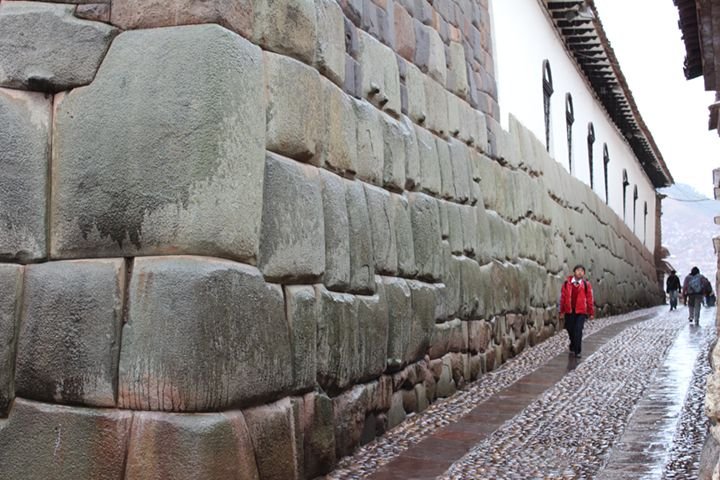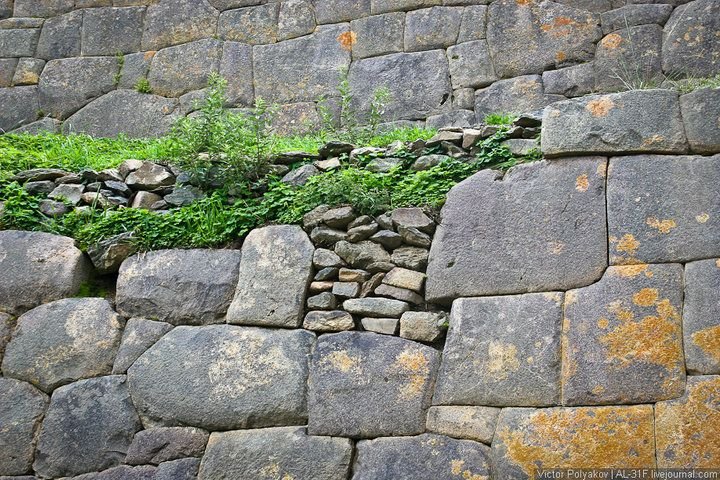Nestled in the heart of Cusco, Peru, lies a marvel of ancient engineering that continues to baffle historians and architects alike—the Twelve Angle Stone of Hatunrumiyoc. This iconic stone, part of a wall attributed to the Inca civilization, is a testament to their extraordinary craftsmanship and architectural ingenuity. Its precision and enduring mystery have made it a must-see destination for tourists and scholars worldwide.

#### **A Masterpiece of Inca Engineering**
The Twelve Angle Stone is a large granite block that forms part of a wall along Hatunrumiyoc Street in Cusco. What sets it apart is its twelve perfectly carved angles, each fitting seamlessly with the adjacent stones. Remarkably, this ancient structure was built without the use of mortar, a technique known as ashlar masonry. Despite centuries of exposure to natural elements, including earthquakes, the wall remains intact—a testament to the ingenuity of the Inca builders.

The precision with which the stone was cut and placed is astonishing. Each angle fits so snugly against its neighbors that not even a sheet of paper can slide between them. This meticulous craftsmanship not only highlights the Inca’s architectural prowess but also suggests their deep understanding of seismic activity, as the interlocking stones absorb and dissipate the energy of earthquakes.
#### **The Purpose and Significance**
While the Twelve Angle Stone is an architectural marvel, its exact purpose and significance remain shrouded in mystery. Some historians believe it was part of a palace belonging to an important Inca noble, possibly Inca Roca. The intricate design and effort required to carve the stone suggest it held considerable importance, symbolizing power, precision, and unity.

In Inca culture, stones were more than mere building materials; they were considered sacred, embodying spiritual and cosmic significance. The meticulous design of the Twelve Angle Stone may have been a way for the Incas to honor their gods or to align with celestial events.
#### **Mystery and Speculation**
The precise methods the Incas used to achieve such remarkable stonework remain unknown. Without access to modern tools or advanced technology, how did they carve and transport such massive stones with such precision? This question has fueled various theories, ranging from the use of rudimentary tools made of bronze and stone to more speculative ideas involving advanced lost technologies or even extraterrestrial assistance.
Some experts suggest that the Incas employed a combination of stone hammers, chisels, and sand to achieve the smooth surfaces and precise angles. Others argue that the knowledge and techniques used by the Incas were passed down from earlier civilizations like the Tiwanaku, who also demonstrated advanced stonework.
#### **A Modern-Day Attraction**
Today, the Twelve Angle Stone is a cultural treasure and a symbol of Cusco’s rich history. It attracts thousands of tourists each year, eager to witness this incredible feat of ancient engineering firsthand. Visitors can stroll down Hatunrumiyoc Street and marvel at the stone’s impeccable design, often stopping to take photos or learn more about its history from local guides.
The stone’s fame has also been bolstered by its representation in Peruvian culture, often featured in art, literature, and even as a symbol of national pride.
The Twelve Angle Stone of Hatunrumiyoc is more than just an architectural wonder; it is a gateway to the mysteries of the Inca civilization. Its unmatched precision, enduring strength, and enigmatic origins continue to inspire awe and curiosity. As researchers delve deeper into the secrets of Inca engineering, this iconic stone will undoubtedly remain a symbol of human ingenuity and the enduring legacy of one of the world’s most fascinating ancient cultures.
















